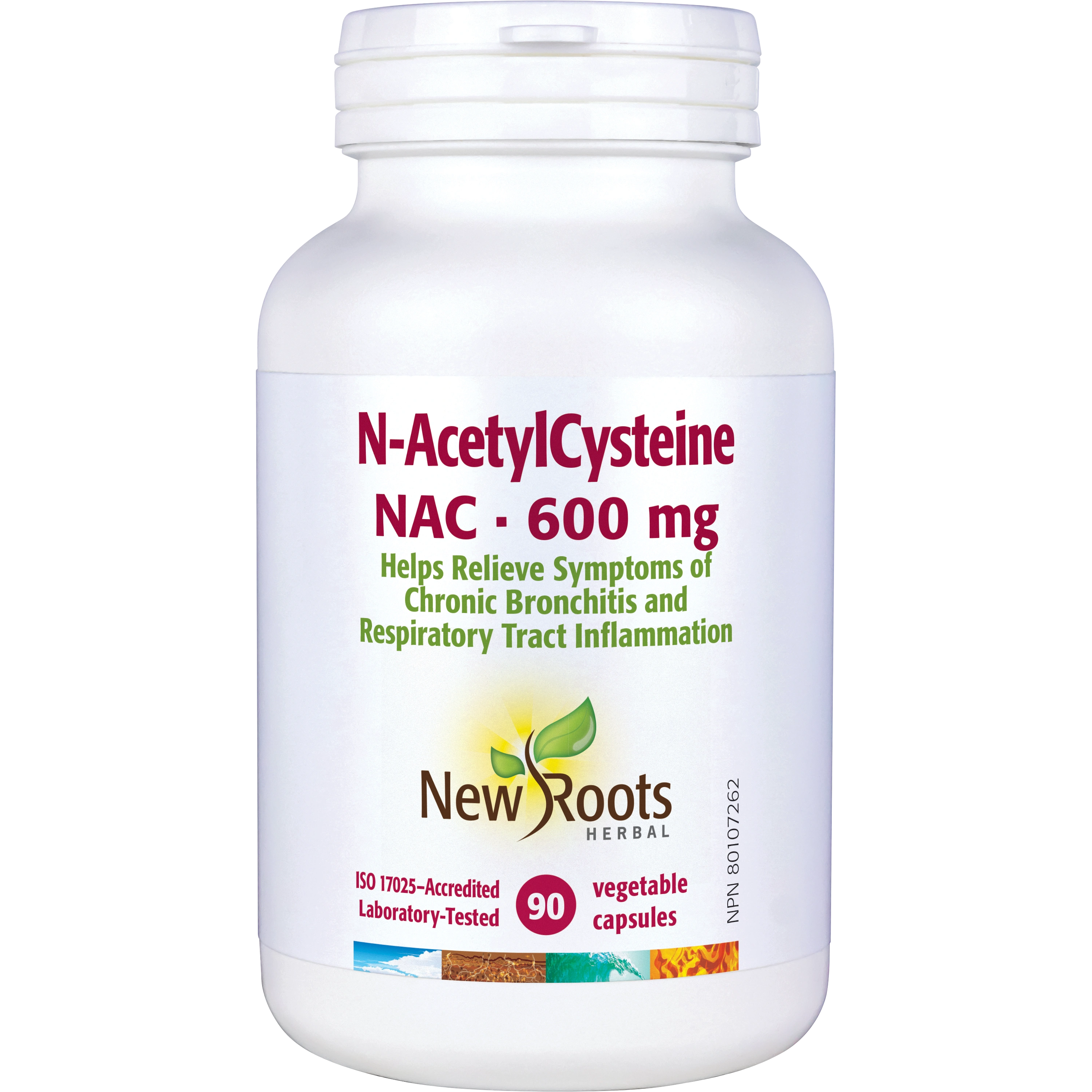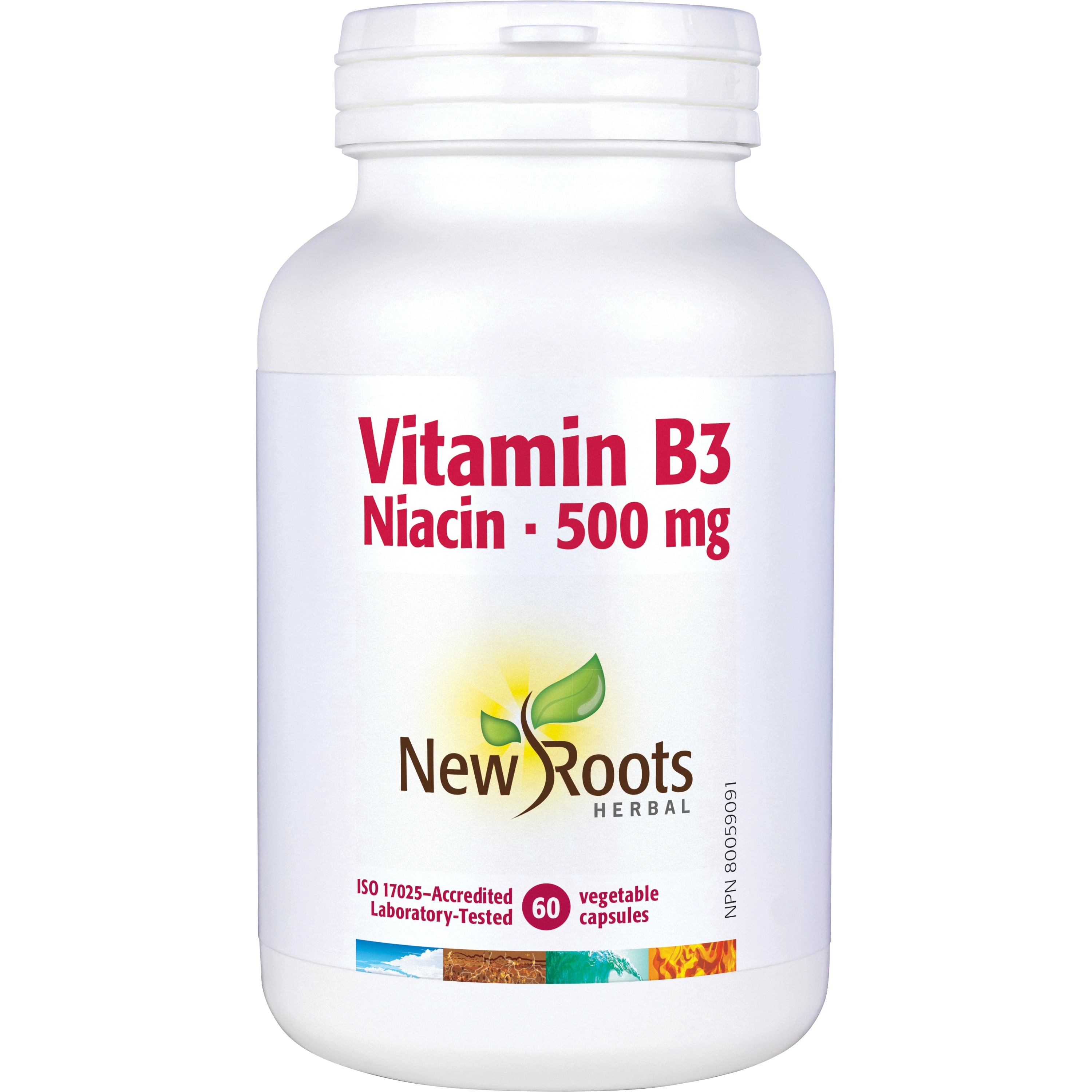The Many Faces of Liver Health
Liver health or “liver detox” is a term we hear a lot in the realm of complementary
medicine. Our popular understanding of the liver, however, tends to oversimplify the
multitude of roles that the liver plays, and hence, often overlooks the full array of
factors that influence optimal liver function. This article examines several important
roles of the liver with respect to human health, and how we may be able to
beneficially impact this.
Metabolism of Foreign Chemicals
The liver breaks internal and foreign chemicals down in a two-part process, called
Phase I and Phase II detoxification, which are catalyzed by specific liver enzymes.[1]
Phase I involves subjecting these fat-soluble toxins to hydrolysis or oxidative reactions,
resulting in more polar metabolites. Ironically, the by-products of this step are actually
more reactive and harmful than the original toxins. Therefore, upregulation of Phase I
enzymes (P450 enzymes) is undesirable. Phase II enzymes absorb these polar
metabolites and make them water-soluble through conjugation reactions.[1] This
results in a metabolite that is less reactive and can be more easily excreted through
the kidneys. Exposure to certain toxins—such as alcohol, cigarette smoke, caffeine,
saturated fats, and pesticide residues—upregulates Phase I detoxification systems.
On the other hand, supplementation with certain nutritional factors, for example,
N-acetylcysteine (NAC), B vitamins, and a wide spectrum of amino acids, can
upregulate Phase II reactions. Certain herbs such as milk thistle (Silybum marianum)
can also help protect the liver cells from damage during these reactions.[2]
NAC is a precursor for glutathione, a powerful antioxidant that is used in conjugation
reactions. Supplementing with NAC is the best way of increasing glutathione stores,
short of intraveinous glutathione therapy, since oral glutathione is not well absorbed.
NAC is used in hospital settings as the antidote to acetaminophen overdose, which if
untreated results in acute liver failure. NAC “soaks up” the acetaminophen before it
can result in such widespread damage.[3]
Milk thistle protects the cell membrane of liver cells, which can be damaged by free
radicals during detoxification reactions.[2][4] Whey protein powder contains an array
of essential amino acids that are required for amino acid conjugation reactions.[5]
Whey also contains cysteine, which like NAC increases glutathione levels. Lecithin,
rich in choline, is a component of cell membranes and is also used to help protect
liver cells from damage.[6]
Energy Homeostasis
In addition to detoxification reactions, the liver is also responsible for maintaining
energy and metabolic homeostasis. For instance, the liver serves as a reservoir
for triglycerides (fats) and glycogen, a molecule that when broken down yields
glucose to help provide energy to cells in the fasting state. These processes are
called gluconeogenesis and glycogenolysis.
Alternately, in the fed state, the hormone insulin signals the liver to take up fats and
glucose for storage. Under conditions of being chronically overfed, insulin levels rise
and conditions such as fatty liver, high cholesterol, and diabetes can result. Fatty liver
and diabetes result in an insidious, slow progression of liver damage. Exercise and
maintaining a healthy body weight is therefore critical in optimizing liver health. In
addition, limiting processed foods including sugary foods and drinks, fast foods, fried
foods, etc. are important for maintaining liver health. Supplements that help improve
insulin activity, such as chromium or inositol, may also be helpful for liver health.[7][8]
Curcumin has also been shown to improve insulin resistance.[9]
The liver is also responsible for maintaining adequate amounts of proteins in the
body. The liver can synthesize proteins from the essential amino acids, which must
be obtained in the diet. In addition, the liver is responsible for synthesizing the
primary osmotic protein in the blood, albumin. The role of albumin is to maintain
proper amounts of blood volume, and thereby prevent fluid retention such as edema
in the legs or ascites in the abdomen. This is also essential in maintaining appropriate
blood pressure. If albumin levels are low, blood pressure drops to abnormally low
levels, compromising the delivery of oxygen and nutrients to other organs.
Hormone Regulation
 Finally, the liver is intricately involved in the regulation of hormones including thyroid
Finally, the liver is intricately involved in the regulation of hormones including thyroid
hormones and sex hormones.
Normal thyroid function
involves production of
thyroxine (T4) and triiodothyronine (T3),
the two “thyroid hormones.” These hormones regulate the metabolism of virtually every
cell in the body. However, T3
is the more active hormone,
and is converted from T4.
Therefore, the body has developed several ways to regulate the activity of T3. The liver, kidneys, and thyroid
contain the enzyme deiodinase type 1 (D1), which converts T4 to T3.[10] According
to Dr. Sandberg-Lewis, the liver is responsible for approximately 80% of T3 through
this mechanism.[11] It is interesting also to note that in reciprocal fashion, thyroid
hormone status is bconversely a powerful influence on liver function, such that low
thyroid hormones may contribute to fatty liver disease.[11]
Secondly, the liver is involved in the regulation of estrogen levels in the body. The liver
is responsible for conjugation of estrogen and other hormones, and delivers them into
the intestines for elimination from the body.[12] Nutrients involved in conjugation
reactions (see above) may improve the efficiency of this process; however, the body
also relies on healthy gut function for proper elimination. This is the often-neglected
Achilles’ heel of liver function.
There exists a specialized transport loop called enterohepatic circulation or recycling.
Substances are absorbed from the intestines into blood vessels that feed directly into
the portal vein of the liver. This gives the liver “first dibs” on processing nutrients. From
the liver, biochemical by-products are dumped back into the intestines for elimination.
So, if the intestines do not eliminate regularly, these by-products can be reabsorbed
into the bloodstream and flow right back to the liver. Alternately, if there is an
overgrowth of certain bacterial species, such as Clostridia species, that express the
β-glucuronidase enzyme and have the ability to deconjugate estrogens, liberating them
to be reabsorbed, this may result in increased estrogen recycling from the gut back to
the liver.[14] Studies have also demonstrated that probiotic supplementation resulted in
2.4-fold greater elimination, more rapidly, of the xenoestrogen, bisphenol A (BPA).[15]
Therefore, ensuring healthy digestive function is also critical in optimizing liver function
and hormone metabolism.
In conclusion, the liver is a key player in the detoxification and elimination of foreign
chemicals as well as endogenous biochemical by-products. The liver is responsible
for maintaining energy homeostasis, storing and creating energy in response to
hormones such as insulin. Finally, the liver is also responsible in part for maintaining
adequate levels of thyroid hormones, and for efficiently eliminating estrogens, so, to
avoid excess estrogen stimulation of hormone sensitive tissues. Consult an ND to find
out more about how to care for your liver!
References
- Grant, D.M. “Detoxification pathways in the liver.” Journal of Inherited Metabolic
Disease Vol. 14, No. 4 (1991): 421–430. - Vargas-Mendoza, N., et al. “Hepatoprotective effect of silymarin.” World Journal
of Hepatology Vol. 6, No. 3 (2014): 144–149. - Yoon, E., et al. “Acetaminophen-induced hepatotoxicity: A comprehensive update.”
Journal of Clinical and Translational Hepatology Vol. 4, No. 2 (2016): 131–142. - Surai, P.F. “Silymarin as a natural antioxidant: An overview of the current evidence
and perspectives.” Antioxidants Vol. 4, No. 1 (2015): 204–247. - Chitapanarux, T., et al. “Open-labeled pilot study of cysteine-rich whey protein isolate supplementation for nonalcoholic steatohepatitis patients.” Journal of Gastroenterology
and Hepatology Vol. 24, No. 6 (2009): 1045–1050. - Buchman, A.L., et al. “Lecithin increases plasma free choline and decreases hepatic
steatosis in long-term total parenteral nutrition patients.” Gastroenterology Vol. 102,
No. 4 Pt. 1 (1992): 1363–1370. - Muscogiuri, G., et al. “Inositols in the treatment of insulin-mediated diseases.”
International Journal of Endocrinology Vol. 2016 (2016): 3058393. - Hua, Y., et al. “Molecular mechanisms of chromium in alleviating insulin resistance.”
The Journal of Nutritional Biochemistry Vol. 23, No. 4 (2012): 313–319. - Na, L.X., et al. “Curcuminoids exert glucose-lowering effect in type 2 diabetes by
decreasing serum free fatty acids: A double-blind, placebo-controlled trial.” Molecular
Nutrition & Food Research Vol. 57, No. 9 (2013): 1569–1577. - Mullur, R., Y.Y. Liu, and G.A. Brent. “Thyroid hormone regulation of metabolism.”
Physiological Reviews Vol. 94, No. 2 (2014): 355–382. - Sandberg-Lewis, S. The liver, thyroid, & MetS. · http://ndnr.com/gastrointestinal/the-liver-thyroid-mets/ · Updated 2016-01-11 · Accessed 2017-12-15.
- Tsuchiya, Y., M. Nakajima, and T. Yokoi. “Cytochrome P450-mediated metabolism
of estrogens and its regulation in human.” Cancer Letters Vol. 227, No. 2 (2005):
115–124. - Raftogianis, R., et al. “Chapter 6: Estrogen Metabolism by Conjugation.” In JNCI
Monographs, Vol. 2000, No. 27 (2000): 113–124. - Flores, R., et al. “Fecal microbial determinants of fecal and systemic estrogens and
estrogen metabolites: A cross-sectional study.” Journal of Translational Medicine
Vol. 10 (2012): 253. - Oishi, K., et al. “Effect of probiotics, Bifidobacterium breve and Lactobacillus casei,
on bisphenol A exposure in rats.” Bioscience, Biotechnology, and Biochemistry
Vol. 72, No. 6 (2008): 1409–1415.
 Heidi Fritz, MA, ND
Heidi Fritz, MA, ND
A practicing naturopathic doctor since 2007, her areas of
focus include women's health, children's health, chronic
pain, and more.








